Mycorrhaphium adustum
Scientific name: Mycorrhaphium adustum (Schwein.)
Maas Geest.
Derivation of name: Adust- means "scorched" perhaps in
reference to the dark coloration that follows bruising or
develops with age.
Synonyms: Steccerinum adustum (Schwein.) C.S. Bi &
Zheng
Common name(s): Kidney-shaped tooth.
Phylum: Basidiomycota
Order: Polyporales
Family: Phanerochaetaceae
Occurrence on wood substrate: Saprobic; solitary or
grouped, sometimes fused together, sometimes in overlapping
clusters on dead deciduous wood, especially oak (Quercus);
July through November.
Dimensions: Caps 2.5-7.5 cm wide; stipes (when present)
are 2-3 cm long and 1-2 cm thick, lateral.
Description: The kidney-shaped to circular caps are white
when young and tan in age. Cap surfaces are minutely
velvety
to glabrous and will bruise smoky-gray. Cap margins
are often
black in age. Cap undersides are covered with
spines 1-3 mm
long, fused, and appearing forked at their tips.
Spines are white
at first, becoming pinkish-brown or purplish
and finally brown
in age.
Edibility: Inedible.
Comments: Mycorrhaphium adustum looks like a polypore
or even a gilled mushroom until the underside is examined.
More information at MushroomExpert.com:
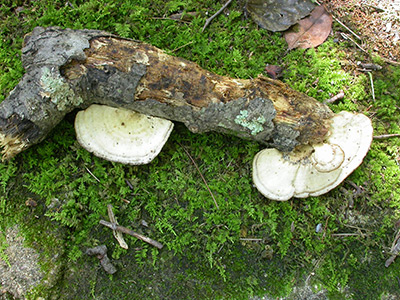
Figure 1. Branch with Mycorrhaphium adustum fruiting
bodies.
The branch was placed on the mossy rock for the
photograph.
Photo © Gary Emberger.
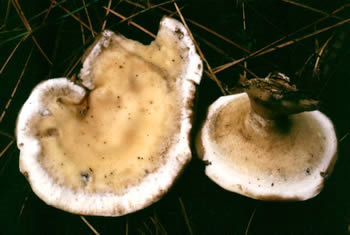
Figure 2. Tan cap and spines of Mycorrhaphium adustum.
Photo © Steve Nelsen.
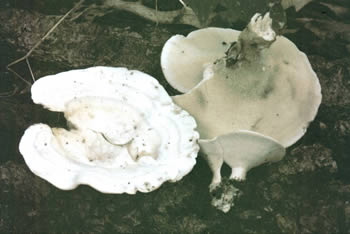
Figure 3. Mycorrhaphium adustum with a whitish cap.
Photo © Steve Nelsen.
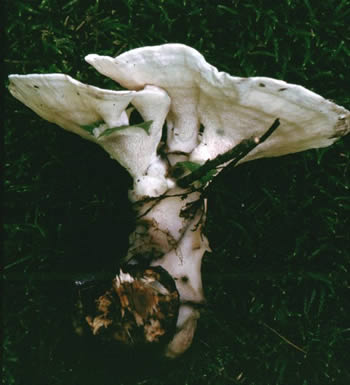
Figure 4. This view from the side shows the lateral stalks
which are often present. Photo © Steve Nelsen.
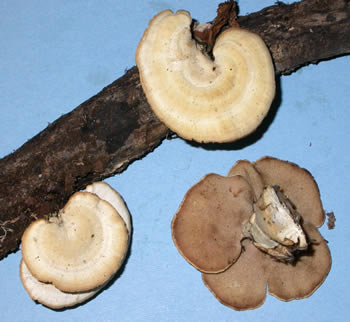
Figure 5. These specimens, collected during the 2005
NEMF
foray, show a pinkish-brown spine surface and
faintly zonate
markings on cap surface.
Photo © Gary Emberger.
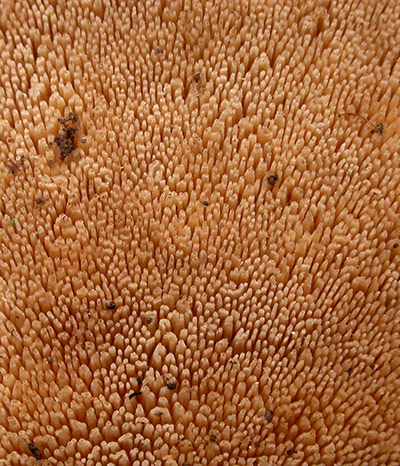
Figure 6.
Close up of the toothy undersurface of the specimen in
Figure 1. Photo © Gary Emberger.
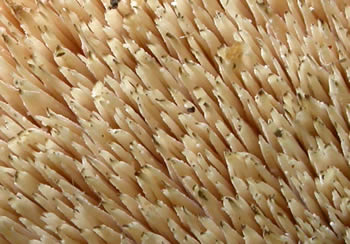
Figure 7. The spines fuse together, except at the tips, giving
the tips a forked appearance. Photo © Gary Emberger.